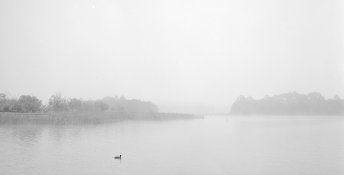peterkinchington
Member
I recently read that negatives developed in rodinal at low temperatures exhibited less grain and clumping. So I used stand development at 1:100 dilution of rodinal at 13 degrees celsius for 2 hours for the following images. I found that the grain was less pronounced than at higher development temperatures for Fomapan 100 sheet film.
Senescent River Red Gum

Lilydale Lake in Fog

peterkinchington.com
Senescent River Red Gum

Lilydale Lake in Fog

peterkinchington.com











